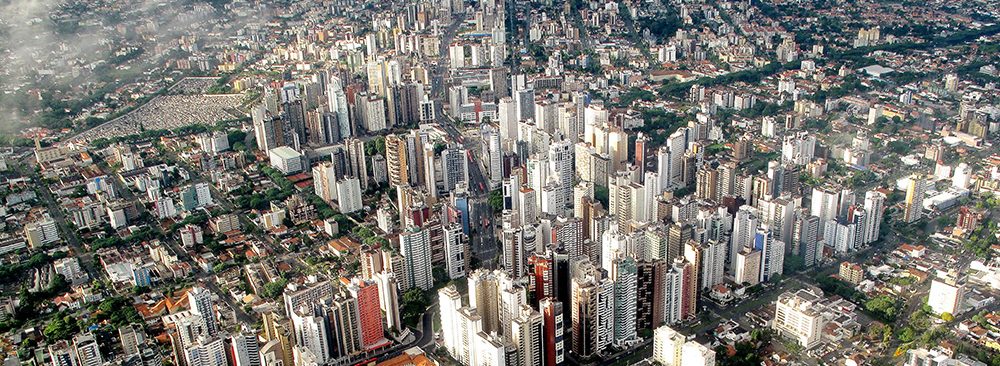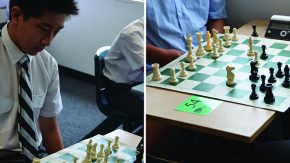How to make our cities more sustainable
With the Football World Cup having wrapped up in Brazil, it seems rather topical to raise the fact that one of its host cities, Curitiba, is also recognised as one of the most sustainable and innovative cities in the world. This city won the Global Sustainable City Award in 2010 and was crowned as “the most innovative city in the country” at the UN Habitat II summit of mayors in Istanbul. It has repeatedly been used as an example of an extraordinary human feat of sustainable development. But what actually makes this city so sustainable?
A sustainable city tries to reduce the amount of input of materials it uses and the output of wastes and encourage circulation within the urban system in the form of recycling whilst maintaining or improving the quality of life of its citizens.
It is recognised that the primary driving force behind Curitiba’s push towards sustainable development has been political planning, largely initiated by Architect and then later mayor, Jaime Lerner, which has, in turn, affected the city’s social, economic and environmental elements. I want to bring to light three major sustainable policies and developments that have been initiated in Curitiba:
1) Trinary Road System
In 1968 Curitiba adopted the Trinary Road system as part of its Curitiba Master Plan led by Lerner, which allowed three concurrent main roads going through a central transport node to form the basis of the city’s structure. The arterial pathways had one central two-way lane reserved exclusively for buses and two one-way streets either side of the main road. This plan was adopted to increase efficient travelling behaviour and also lend itself to housing planning with high-density dwelling areas built around the main roads.
2) Integrated Transport Network
To match the Trinary Road System, the government in 1974 adopted an Integrated Transport Network (ITN) to increase the efficiency and affordability of buses as their main public transport. This policy introduced 1100 buses meaning 12,500 bus trips for 1.3 million passengers daily. This efficiency-orientated monocentric city structure and plentiful supply of public transport means that 85% of citizens use the bus network and that Curitiba uses 30% less fuel per capita than the eight other Brazilian cities of its size and emits 33% less CO2 per light vehicle than Brasilia. To leave such a service affordable, one blanket fare was applied for all parts for the city.
3) “Garbage that’s not Garbage”
This program allowed low-income citizens to trade in recyclable or waste materials in return for food and bus tickets (sounds rather like the ‘swap shop’ at Newington…). It was also extended to disadvantaged students who could trade in for school supplies. Now its residents recycle 70% of their garbage saving an equivalent of 1200 trees per day. This two-pronged, grass-roots urban program took into consideration both the social and environmental elements of sustainability in order to reduce ecological footprint.
However, it is not all success stories for Curitiba. As with most societies, an increasing level of affluence and wealth has led to the consumption of more goods and resources leading to an increase in automobile use, more output of wastes and greater spending on electricity. An increasing population certainly has not aided in its strive towards sustainability either. We can certainly see that this city is no green stamp of perfection.
So what can we take from this city?
We can take the innovative nature with which it approaches attempts to counter effects of an increasingly polluting human race and an ever-increasing demand on materials and resources.
Matthew Han (12/FL)
Sustainability Committee Member






